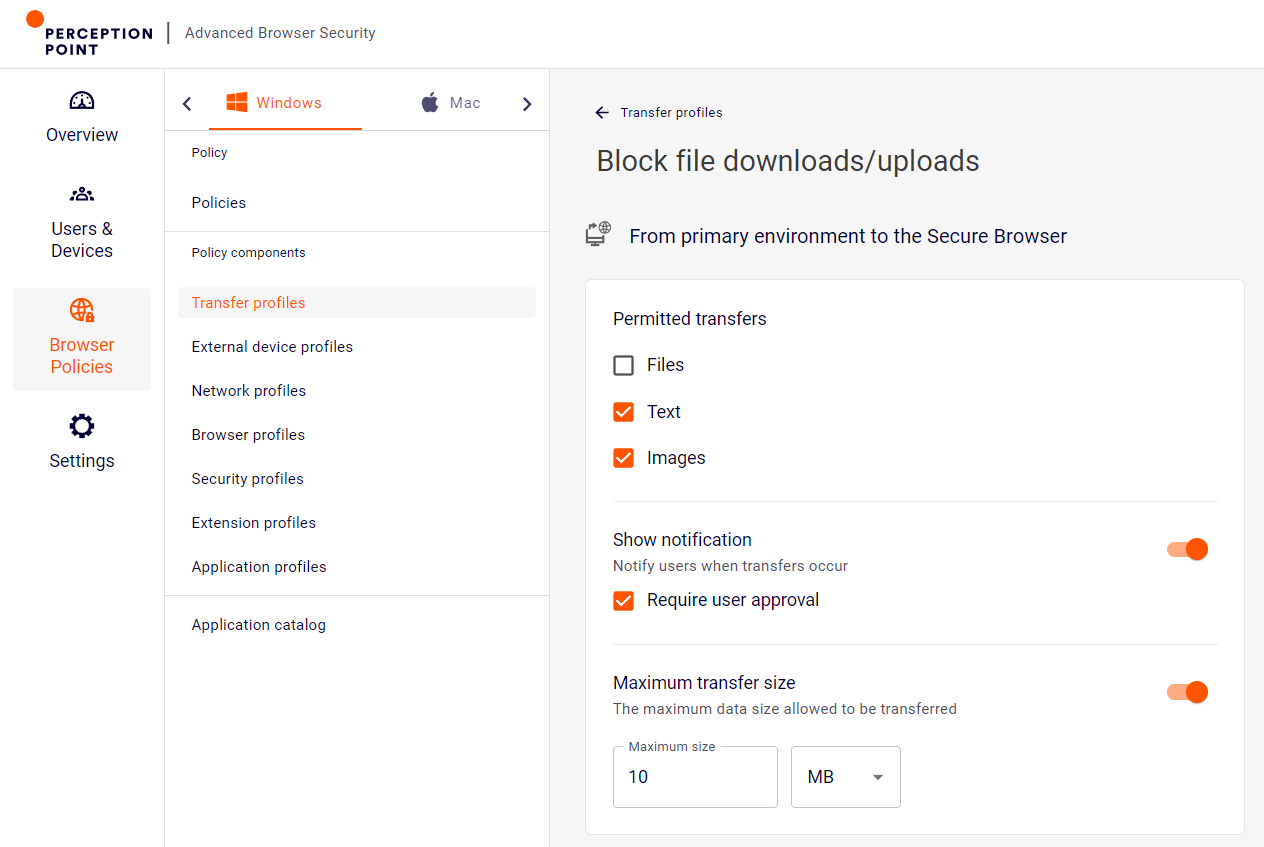Perception Point Advanced Browser Security leverages the threat detection capabilities the company developed to enforce cybersecurity policies. It also uses Intel’s CPU tracing technology to record how programs execute. That capability provides a deterministic approach to security that deeply scans websites, applications and files as well as any application or website that might also be linked to them.
Perception Point CTO Tal Zamir said Perception Point Advanced Browser Security extends that capability to a browser sandbox gained through the acquisition of Hysolate, a provider of a workspace-as-a-service platform. That approach eliminates the need to rely on less accurate behavioral analytics technologies that don’t scan as deeply. It also reduces overall latency by relying in part on Intel’s CPU tracing technology to identify what application resources are being used.
In addition, IT teams don’t have to be concerned about which version of a browser is being used at any given time, added Zamir.
Finally, that approach also eliminates the need to rely on expensive gateways running in the cloud or an on-premises data center to isolate Web browsers from malware and other security threat that client devices might encounter without adding any additional latency, said Zamir.
Perception Point Advanced Browser Security is designed to be remotely deployed via the cloud as either a browser extension or as a lightweight agent and can run on a PC or a Mac system. End users can securely access websites and applications without intervention from a centralized IT or cybersecurity team beyond deploying the initial extension or agent.
Perception Point also provides access to a fully managed incident response service that manages all incidents and continuously optimizes the Perception Point detection engines, which the company claims can reduce the time it takes to mitigate any security issues that arise by up to 75%.
The debate about where best to focus web security efforts has raged for years; arguments have been made for everything from the client to gateways running on servers. The benefit of a client-side approach is that it tends to be much more accessible to a wider range of organizations that don’t have the cybersecurity expertise or financial resources required to acquire and maintain secure gateways that they deploy and maintain or that they access via a cloud service.
Regardless of the approach, cybersecurity teams need to find a way to isolate client devices from the growing number of sophisticated threats on the web. Most organizations are well on their way to achieving that goal, but must make sure any solution has minimal impact on application experiences and involves minimal operational overhead.
This article first appeared in Security Boulevard, written by Michael Vizard on July 22, 2022.























